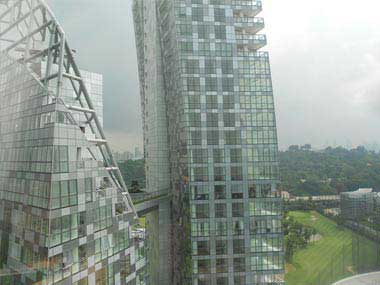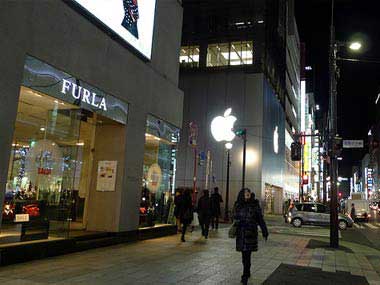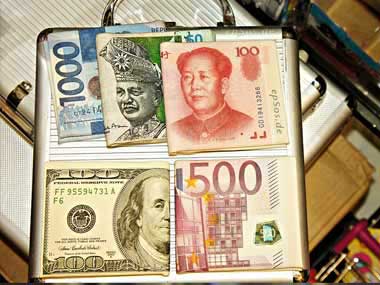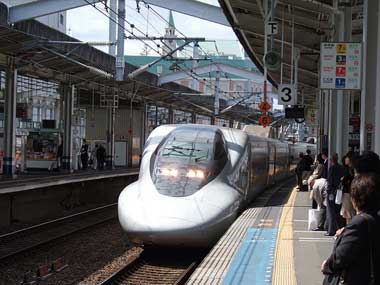Amongst the various trends likely to be affecting Singapore's property market in 2015 is the rise in demand for singles accommodation. The housing board recently announced there would be fewer larger flats being made available in the city. However, the continuing high demand for housing from singletons has meant this corner of the market is facing substantial growth.
The figures speak for themselves. So-called built to order flats in non-mature estates rose from 2,600 in 2013 to 5,000 units in 2014. These two bedroom properties are ideal for the single market. As well as these purpose built flats, unsold two room apartments, previously set aside for families, will now be offered to singles.
One reason for the rise in singles accommodation is the fact that in the summer of 2013, two-room flats offered to that portion of the market went way over the 30% quota limit. In Yishun, in northern Singapore, the figure was actually 51%.
The housing board further announced that it plans scaling back the supply of three room and larger flats by around 18%. This will mean a drop from last year's figure of 22,600 to around 18,600.
As well as redressing this imbalance in the demand of accommodation between singles and families, the board stated that in 2014 it would be providing 700 studio apartments. These would be aimed at seniors who were looking to achieve the optimum living conditions.
Data ingathered by the board has further revealed that built to order flats aimed exclusively at families have fallen significantly. Indeed the average first-timer application rate slipped to 1.7 times last year. By contrast, the average built to order application rate eased to 3.0 times from the 5.3 times figure recorded in 2010.
For all this re-jigging of priorities, the board looks likely to persist in its policy of prioritizing accommodation for families. At least 70% of the flats in non-mature estates will still be allocated to that particular strata of Singapore society.




